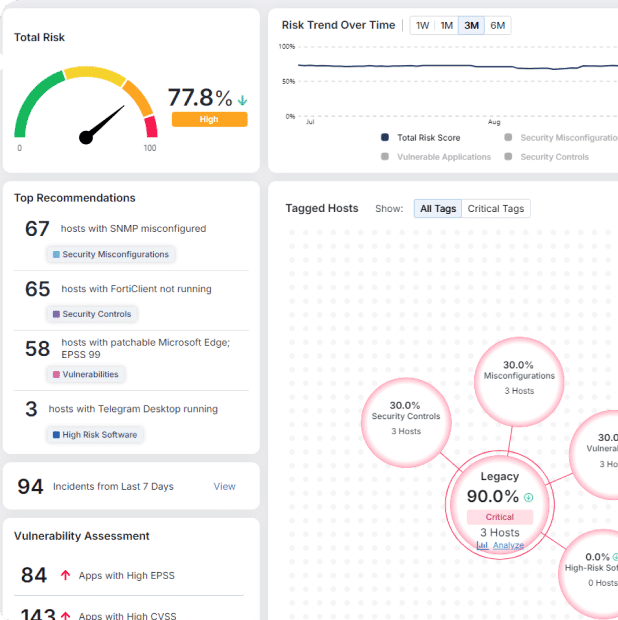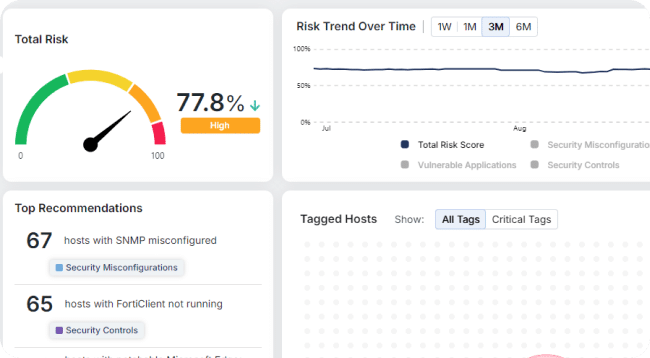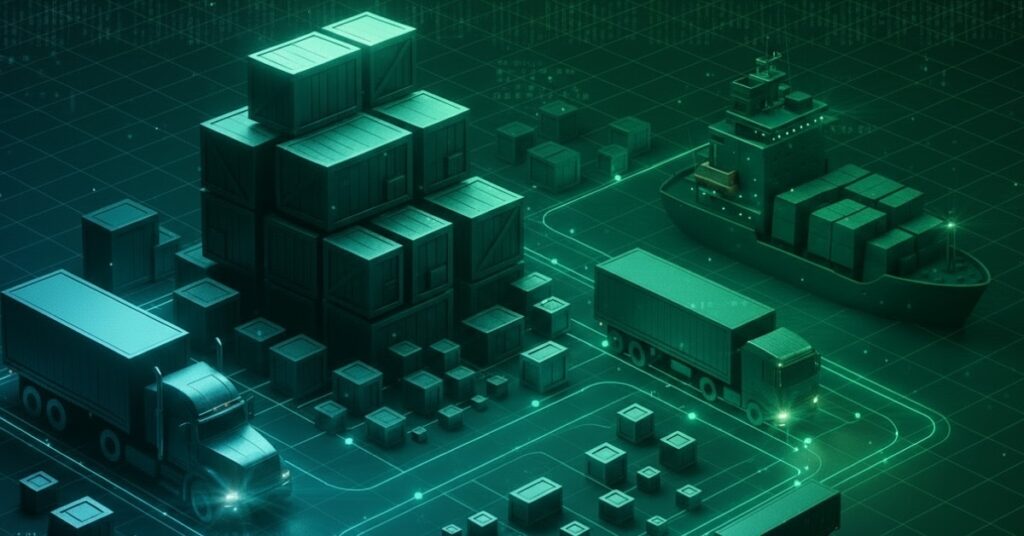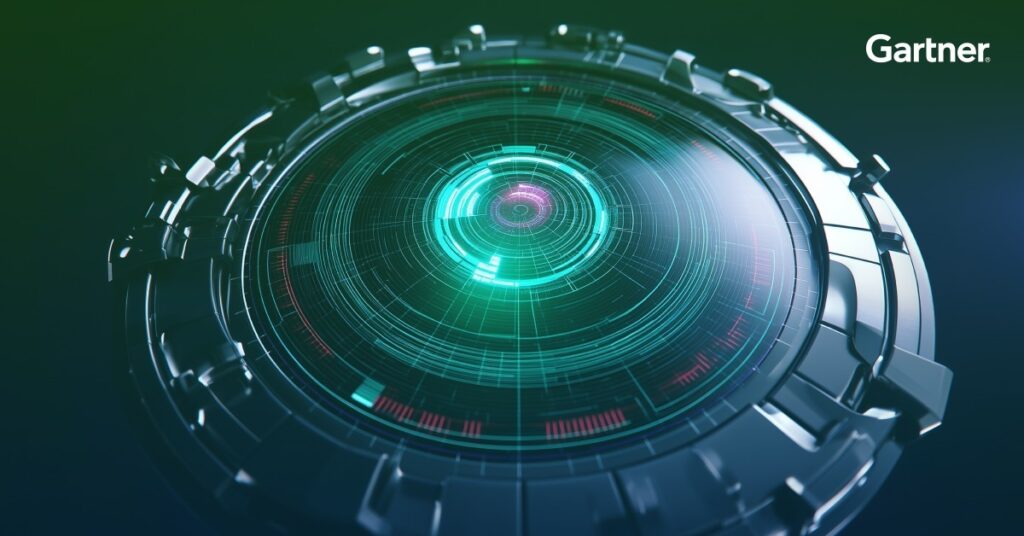Can You Secure Legacy Windows Systems?

When it comes to Windows operating systems, end-of-life (EOL) announcements have become a predictable part of the IT calendar—a kind of conveyor belt where one version rolls off the supported track just as the next takes its place. For IT and security teams, these dates aren’t just trivia; they’re hard deadlines that carry real operational and security implications. The latest system to approach the edge is Windows 10, which will officially reach its end of support on October 14, 2025.
After that date, Microsoft will stop issuing feature updates, security patches, and technical support for Windows 10. While the operating system will continue to run, the absence of regular security fixes means that every unpatched device becomes a progressively easier target for attackers. The scale of the challenge is significant—Windows 10 still accounts for roughly 43% of desktop Windows installations worldwide, and surveys show that about half of business-managed Windows devices remain on it. That’s hundreds of millions of systems, with an estimated 300 million business devices facing the same security cliff.
The risk is more than theoretical. Once support ends, organizations still running Windows 10 will either need to upgrade, invest in Extended Security Updates (ESUs), or accept the growing exposure that comes with outdated software. Inaction can quickly turn into increased vulnerability, regulatory noncompliance, operational disruption, and potential data loss. Sectors like healthcare, finance, and government—where legacy applications and hardware often delay upgrades—are particularly at risk.
Windows 10’s looming EOL is just the latest reminder that legacy operating systems can quietly accumulate across an organization’s environment until an end-of-support date forces urgent decisions. Whether it’s migrating to Windows 11, implementing compensating security controls, or leveraging modern defense strategies to protect what can’t be upgraded right away, IT teams must treat these EOL milestones as part of an ongoing lifecycle management strategy—not an occasional fire drill.
Legacy IT Systems’ Risks
Many companies face cultural challenges to removing legacy applications from their environments, too. I.e., the “If it ain’t broke…” fallacy.
Legacy environments can continue to function perfectly well; that’s how they become legacy in the first place. For many corporate decision-makers looking at the costs of migration, it can make sense to keep out-of-date systems in place for as long as possible.
Unfortunately, the risks of hosting legacy IT systems compound over time, as evidenced by the continued appearance of vulnerabilities in defunct operating systems. Windows 7, for example, had over 43 CVEs published in 2023 after it entered “end of life,” while Windows Server 2008 had 95 CVEs.
Legacy applications such as defunct versions of Microsoft Office or custom business applications expand attack vectors. Older applications are a gold mine for threat actors, and their vulnerabilities can be recycled into new exploits long after their discovery. For example, an obscure 2004 Apache Web server CVE was exploited for crypto mining. Hardware aspects of legacy systems, such as un-patched bios, can add to this risk.
Modern systems aren’t perfect. But in general, the older a system or application is, the smoother the path to compromising an organization becomes.
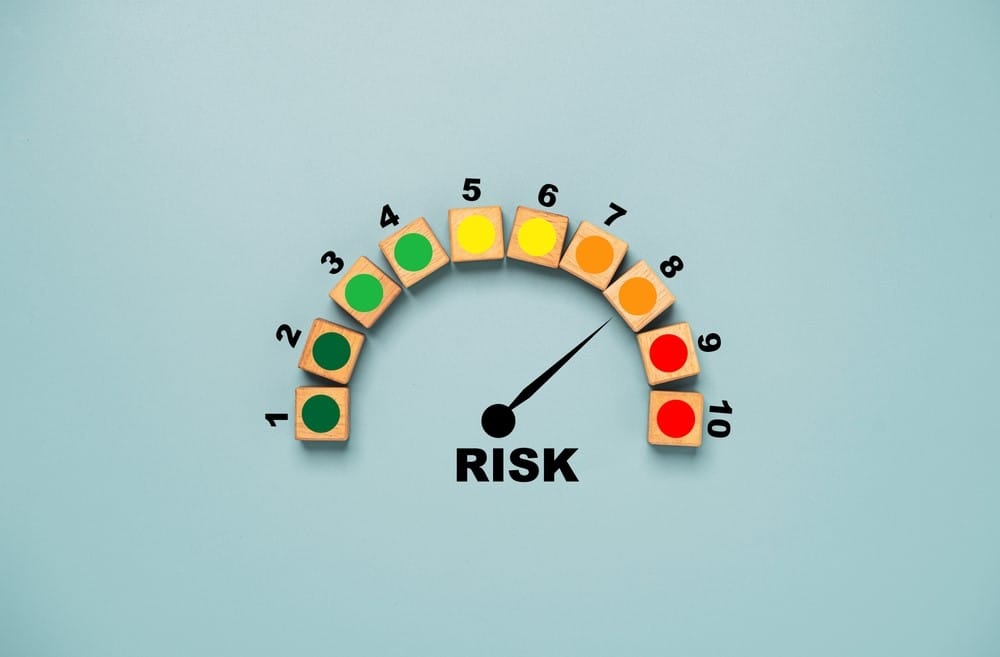
The Legacy IT Security Challenge
Legacy Windows systems have design limitations which lack the security architecture EDRs need for visibility into the operating system and process communications. Specifically, older operating systems have limited event tracing (ETW) and lack advanced anti-exploitation features common to modern systems. E.g., AMSI, CFG, ACG, ransomware prevention, etc.
This lack of visibility significantly limits their detection capabilities. From a prevention standpoint, many EDRs rely on Microsoft Defender AV for baseline protection, including Microsoft’s signature and machine learning-based detection, threat intelligence, and response capabilities. From a compute perspective, legacy systems have OS design limitations, and can’t usually run advanced security solutions like endpoint protection platforms (EPPs) and endpoint detection and response (EDRs).
As a result, legacy systems are often only protected by basic, outdated antivirus (AV) solutions. For organizations that otherwise rely on advanced EDRs to protect their newer systems, this creates a highly inconsistent attack surface.
To address these challenges, Morphisec conducted a webinar with Microsoft expert Adam Gordon. We discussed:
- The security risks of running legacy systems
- Which is a greater legacy challenge—endpoints or servers
- Why it’s so difficult to migrate legacy endpoints to modern operating systems
- Why traditional EPP and EDR tools struggle to protect legacy systems
- Practical recommendations for improving legacy systems’ security posture
Watch the webinar for useful insights! Legacy Linux, which powers many essential workloads, is even more of a problem. Few security solutions can protect Linux environments against advanced threats. Fewer still can protect legacy Linux systems.
Secure Legacy IT Systems with Preemptive Cyber Defense
Legacy Windows and Linux systems are often mission-critical, yet their outdated OS architecture and limited computing power make them incompatible with modern scanning-based tools like NGAV, EPP, and EDR/XDR. These environments can’t afford the performance hit, the constant updates, or the visibility requirements those tools demand—leaving them exposed to today’s most dangerous threats.
Morphisec’s Anti-Ransomware Assurance Suite, powered by Automated Moving Target Defense (AMTD), delivers a preemptive layerpreemptive layer of protection purpose-built for these high-risk systems. At just 6MB, Morphisec deploys instantly, runs even on ultra-low bandwidth devices, requires no signature updates or cloud connectivity, and can protect air-gapped environments. By morphing the runtime memory environment, AMTD hides critical system assets and replaces them with decoys. Legitimate processes run uninterrupted, while any malicious code that interacts with a decoy is instantly trapped and blocked—long before it can execute or encrypt data.
This proactive, no-detection-needed approach stops ransomware, fileless malware, in-memory attacks, and supply chain threats before they gain a foothold—without impacting system performance. That’s why Gartner calls AMTD “… an emerging game-changing technology for improving cyber defense.” With Morphisec, organizations can protect their legacy infrastructure from even the most sophisticated ransomware campaigns and maintain business continuity with confidence.
To learn more about how preemptive cyber defense and technologies like AMTD can help your team protect legacy systems, read the free white paper: The Ultimate Ransomware Strategy: Enabling Preemptive Cybersecurity Through Zero Trust with AMTD.
Stay up-to-date
Get the latest resources, news, and threat research delivered to your inbox.










